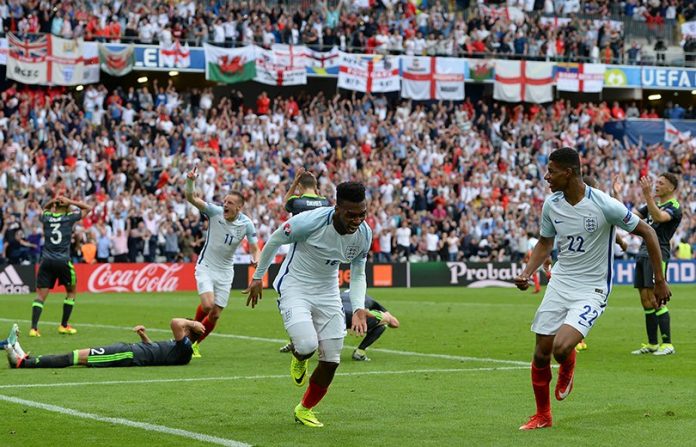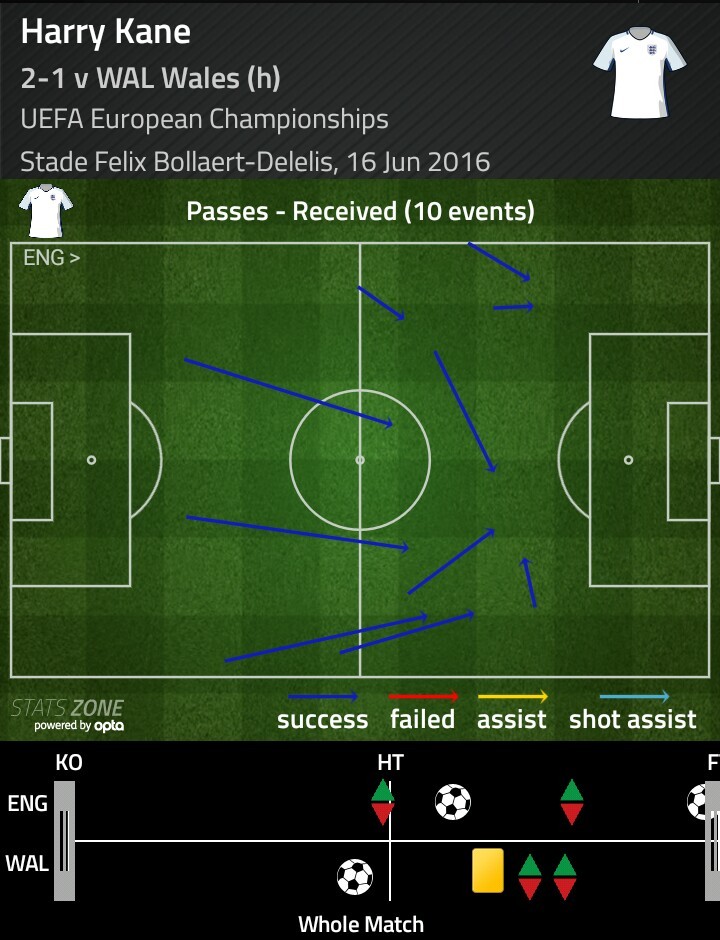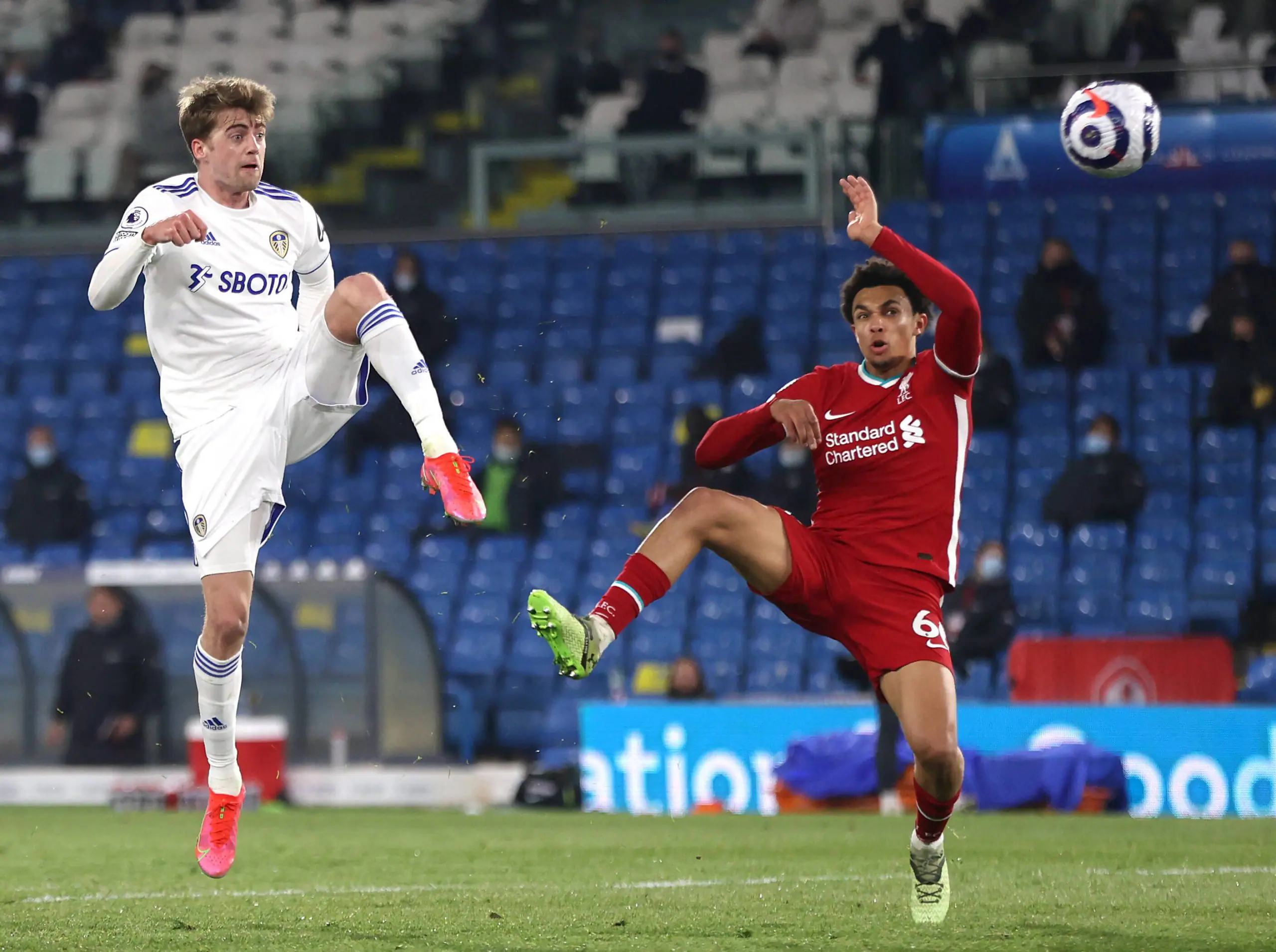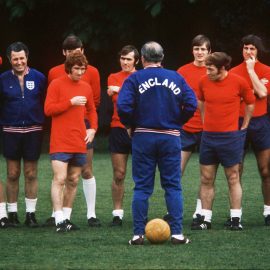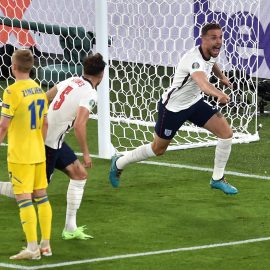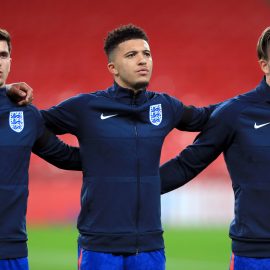When Daniel Sturridge poked home England’s winner against Wales in injury time, a collective sigh of relief engulfed an entire nation. It wasn’t to be, but the script was written. Gareth Bale’s sucker punch freekick goal at the stroke of half time was needed for England, and that brought out the game changer in Roy Hodgson and co.
For now, the goalscoring conundrum gets parked. A strike force of 73 goals in 2015/16 suggested that scoring should never have been a problem, but it was, and through a combination of kneejerkism and necessity, England have found a solution, albeit temporarily. Four points from two games mean England are nailed on to progress from their group.
And therein lies a problem. England haven’t progressed past the first knockout round of major tournaments in ten years; last time they went further was in the 2006 World Cup: losing to Portugal in the quarter-finals. Since then England’s player-manager combination hasn’t struck gold, even leading to the embarrassment of not qualifying for Euro 2008. Knockout rounds mean better opponents.
The way Wales were sat so deep inside their own half suggested that Chris Coleman’s side were happy to concede territory and space to their neighbours, who aren’t quite good at footballing inventiveness. Perhaps Bale scored at the wrong moment, but it was enough for England to dispense with the frustrating, young duo of Raheem Sterling and Harry Kane.
Kane and Sterling were replaced by the older, more dynamic duo of Jamie Vardy and Sturridge, and England somehow kept their tournament alive, as well as their reputation as the greatest of the home nations. But despite the euphoria, there is a sense that all is not well with England.
With the likes of Croatia or Belgium or Poland to supposedly be their opponents in the knockout phase, England’s midfield hasn’t been tested thus far, although Eric Dier has received quite a few pats on his back for scoring against Russia and stifling Bale in the Wales game. But has he been tested enough?
The way England set up in the centre of the park — Dier and Wayne Rooney very close together and Dele Alli more advanced — somewhat hinders their ball circulation and forces them into avenues with limited chances of scoring. Their switches of play tend to be very predictable and ineffective, specially against teams that are defensively stubborn, like Wales.
Against the Welsh, Rooney found the full-backs, Danny Rose and Kyle Walker, 24 times and most of the time a pass set them into crossing areas behind Wales’ wing-backs. But crosses were ineffective (5/29 completed), partly due to Kane’s propensity to drop deeper. Kane’s passes received map shows the Tottenham striker never got on the end of a pass in the opposition penalty area.
Combination play through central areas are highly effective, but with Kane almost always in deeper positions and Alli not making the thrusting runs into forward areas, England barely threatened Wales with their attacking build up. And Rooney and Dier’s coverage in midfield played a part in that.
With Dier sat fairly deep as an insurance for the centre-backs, there was considerable distance between him and Rooney for England to create triangles and bypass Wales’ disciplined midfield shape. That also allowed Aaron Ramsey to nick a few balls off the English higher up the pitch, despite Wales providing little impetus from midfield.
A look at Italy’s midfield shape against Sweden gives a fair idea about how Gli Azzurri offer options aplenty going forwards by maximising coverage across midfield. In contrast, England’s compressed midfield structure leads to an oft-one dimensional attacking shape, which is predictable as well.
Italy’s Marco Parolo and Emanuele Giaccherini provide cover behind their roving wing-backs, as well as shunting forward on occasions when the wing-backs sit in line with the back three. Giaccherini’s goal against Belgium is a good example.
The idea of widening the pitch increases the chances of picking a team-mate ahead through lateral passes into central areas as well as deep passes to the full-backs down the flanks. England’s structural issues in midfield mean Rooney, their prime passer, fails to pick the wide runs of the far side full-back due to a lack of connection.
Play switches are effective when play is in transition, and the inability of England to take advantage of the qualitative superiority of their full-backs is a wastage of their resources. Every team like their full-backs to be pacey, unafraid to take players on, and good crossers. England have exactly the kind of full-backs every team desire, but their issues in midfield mean their full-backs’ potential isn’t fully realised.
Wondering if there's ever been an #ENG midfield at a tournament with less top-level *midfield* experience than Dier, Rooney, Alli.
— Oliver Kay (@OliverKay) June 11, 2016
Although scoring goals in football is often the end to most problems, and England can surely force them in like against Wales, Hodgson’s men could suffer a lot with their midfield of supposed misfits against savvier teams like Italy or teams with better pound-for-pound quality like Spain or Germany.
Add Sportslens to your Google News Feed!
